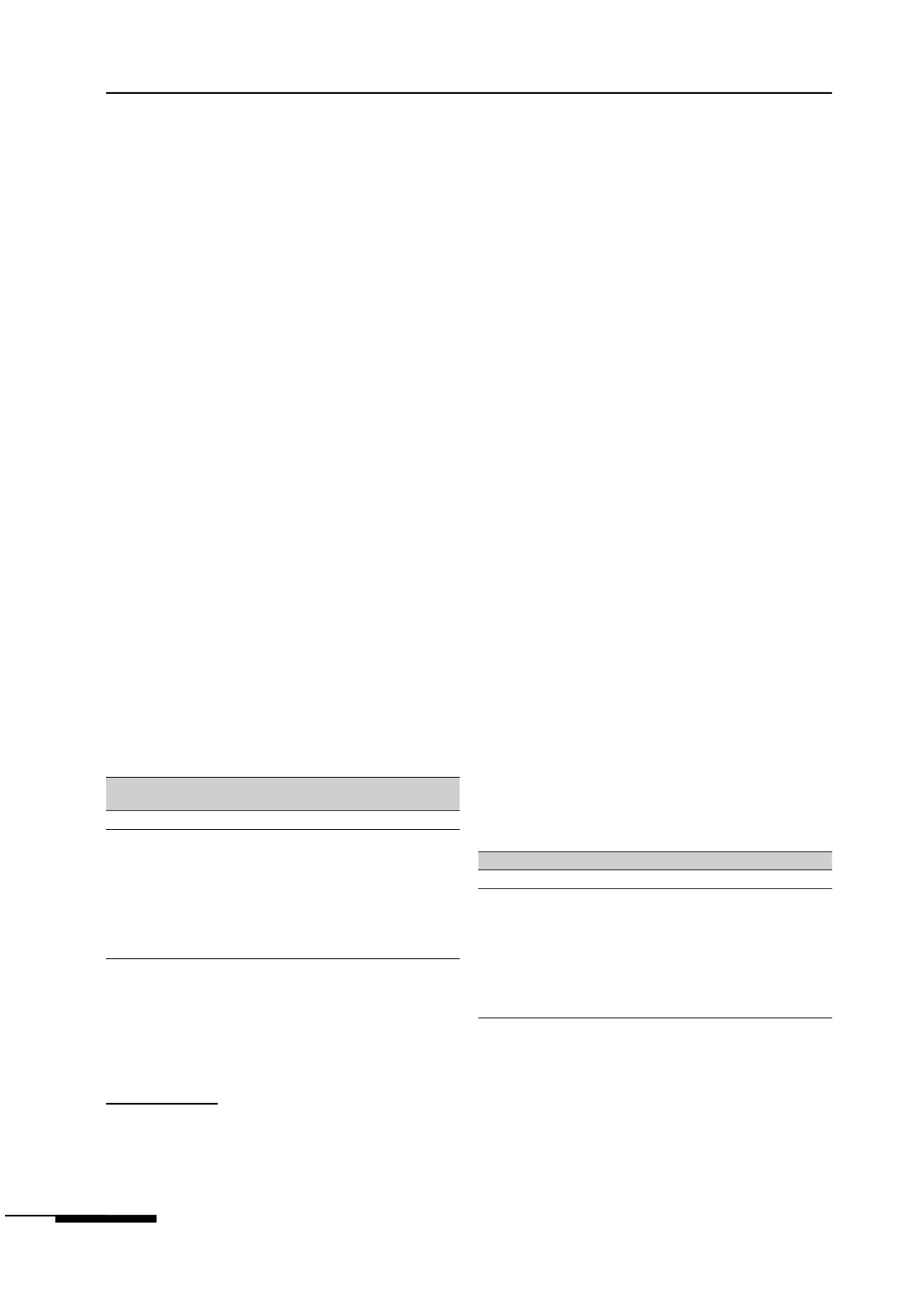

МОНГОЛЫН ХҮН АМЫН СЭТГҮҮЛ Дугаар (367) 20, 2011
66
using this sampling procedure
26
, it is necessary
to use sampling weights. These weights are
applied to each household and correspond
to the inverse of the probability of selection,
calculated taking into account the sampling
strategy. And the weights are used to describe
the consumption pattern of the country in this
study.
The actual sample used for this study is
slightly lower.
27
The difference corresponds to
361 households that were excluded because of
non completed information and outliers.
EMPIRICALANALYSIS AND RESULTS
As I mentioned early there are no statistics
that can explain about the food security and
its relationship to poverty in Mongolia. In
order to shed some light on that issue I make
a descriptive analysis of the food security
indicators such as nutrient intake and adequacy
ratio by certain group of the population.
Table 1 reports mean intake for energy/calorie
and some macronutrients and it can provide
general pattern about a household’s ability to
spend on food. Since my main purpose is to
study whether nutrient consumption changes
between poorer and richer households I present
the statistic for poor and non poor households.
Table 1:
Per capita daily nutrient consumption, by poverty
status
National Non poor
Poor
Energy (kcal)
2406
2726
1822
Total energy (kcal)
2561
2950
1849
Animal protein (g)
58
68
39
Vegetable protein (g)
39
4
33
Animal fat (g)
61
73
40
Vegetable fat (g)
22
26
15
Carbohydrates (g)
317
349
259
To determinate poor population I use the
methodology was employed in the poverty
analysis of the country in 2009 with the
same data.
28
One remarkable finding is the
26
The use of this sampling procedure means that households living
in different areas of the country have been selected with different
probabilities.
27
A sample by stratum and month is in Table A.2 in the Appendix.
28
For details on the methodology see, Poverty profile.
NSO of Mongolia (2009)
difference between consumption for the poor
and for the non poor that was statistically
significant. The non poor households displays
a calorie consumption that is 49.6 per cent
bigger than the poor, a total energy that is 59.5
per cent bigger, an animal protein 73.6 per
cent bigger, a vegetable protein that is 28.4
per cent bigger, an animal fat that is 79.9 per
cent bigger, a vegetable fat that is 78.1 per cent
bigger and a carbohydrates that is 34.5 per cent
bigger that the poor households.
The nutrient intake by an area and a calendar
quarter of the year is also estimated and
presented in Table A.3 in the Appendix.
Another food security indicator, food utility,
is that a comparison nutrient intake with
recommended intake. Table 2 shows that
adequacy ratio of mean intake (as in Table 1)
to recommended and appropriate daily intake
which is approved by Ministry of Health of
Mongolia in 2009.
For the national average, nutrient deficiencies
are recorded only vegetable fat and
carbohydrates and excess of appropriate is
animal fat. However, adequacy ratios are
remarkably different by poverty status. The
poor households are below the benchmark
level of all nutrients except animal fat. Overall
figures in Table 2 suggest that nutrient intake
is a problematic issue only for poor households
while all population is facing a problem with
excess of appropriate intake for animal fat.
Table 2:
Adequacy ratio, by poverty status
National Non poor
Poor
Energy (kcal)
96
109
73
Total energy (kcal)
102
118
74
Animal protein (g)
103
121
70
Vegetable protein (g)
103
112
87
Animal fat (g)
219
260
145
Vegetable fat (g)
53
63
35
Carbohydrates (g)
85
93
69
The adequacy ratio by the groups is also
estimated and presented in Table A.4 in the
Appendix.
Another interest of my study is to estimate
an indicator of the goal 1 of the MDG that
has been not estimated in Mongolia yet. For









